Overview
The article titled "10 Team Building Trends Shaping Sales Success in 2025" identifies key emerging trends in team building that are poised to influence sales performance in the coming year. It underscores the significance of strategies such as:
- Technology integration
- Diversity
- Employee well-being
- Hybrid work models
Research supports these practices, demonstrating that they enhance team cohesion and engagement, ultimately driving sales success. As we approach 2025, understanding these trends will be crucial for organizations aiming to optimize their sales strategies.
Introduction
The landscape of team building is undergoing a rapid transformation, propelled by emerging trends that are fundamentally reshaping organizational approaches to collaboration and success. As companies pursue sales excellence in 2025, grasping these trends is crucial for cultivating effective teamwork and achieving revenue objectives. Yet, amid the thrill of innovation, critical questions emerge:
- How can organizations seamlessly integrate AI, navigate remote work dynamics, and embrace diversity within their team-building frameworks?
- Which practices will genuinely bolster cohesion and performance in an increasingly hybrid environment?
This exploration will delve into ten pivotal trends poised to redefine team building and propel sales success in the years ahead.
Websets: AI-Powered Solutions for Enhanced Team Building and Recruitment
Websets leverages advanced algorithms to , enabling organizations to efficiently identify and connect with top talent. Our AI-powered candidate discovery and qualification solutions facilitate precise searches that align with hyper-specific criteria, enriching search results with comprehensive profiles, including LinkedIn data and detailed work histories. This significantly enhances the quality of candidates available for group development. By optimizing talent acquisition, Websets not only accelerates the hiring process but also ensures that teams comprise individuals who resonate with the company's objectives and culture.
Studies reveal that AI-enhanced recruitment can yield a 14% higher interview success rate for selected candidates and can reduce hiring costs by 30% per hire. Furthermore, the integration of enhanced candidate profiles has proven effective in streamlining hiring, ultimately leading to a more efficient and cohesive sales group. Websets also provides flexible, high-capacity rate limits and premium support tailored to enterprise needs, ensuring organizations can scale their recruitment efforts efficiently.
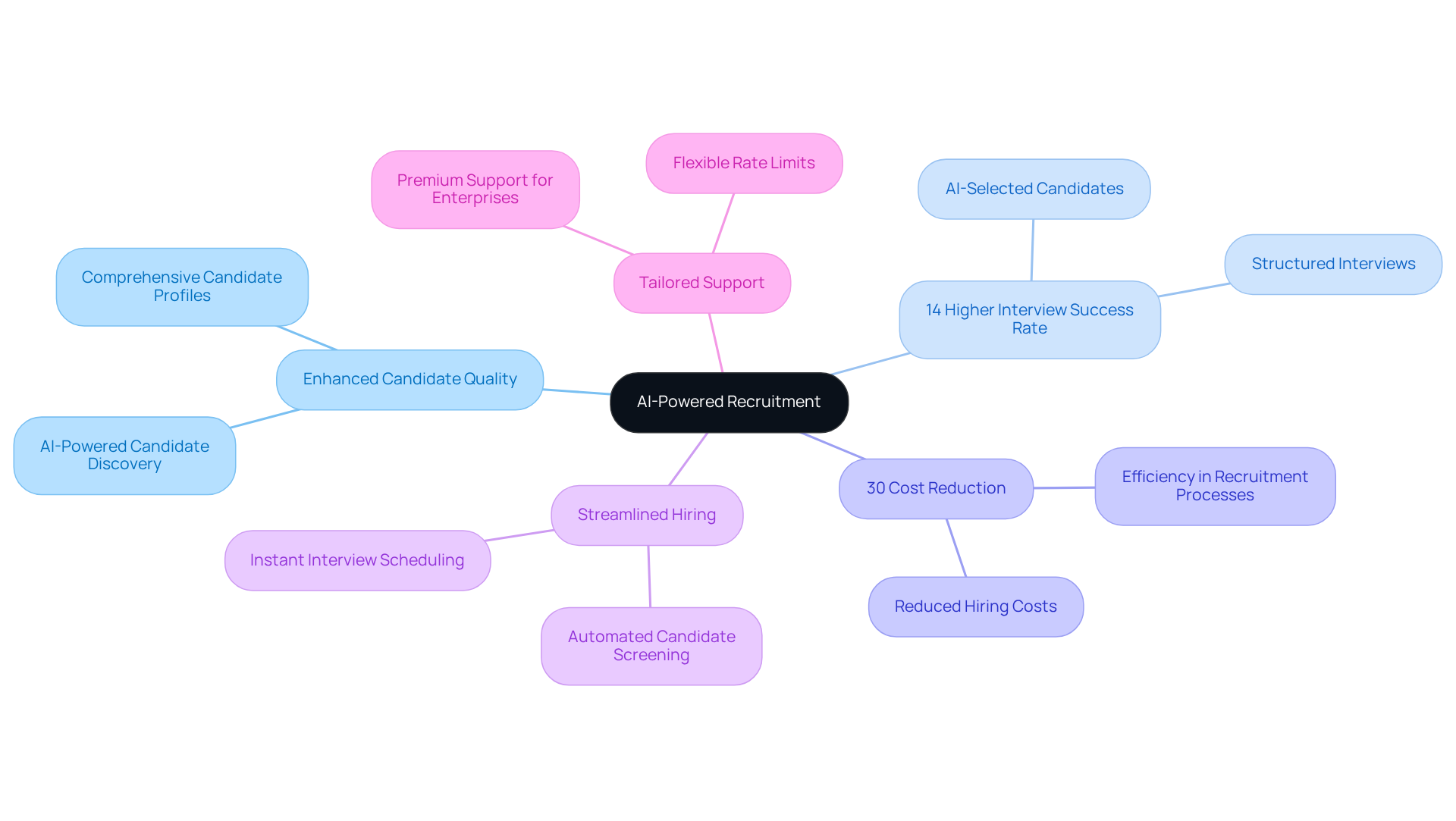
Remote Work: Redefining Team Dynamics and Building Connections
The shift to remote work has fundamentally transformed group dynamics, making it essential to explore team building trends and series A prediction to foster connections among team members. To cultivate relationships in a remote environment, it is important to implement , regular check-ins, and collaborative tools, which align with current team building trends and series A prediction. Organizations that prioritize communication and engagement among their remote teams witness a remarkable 25% increase in productivity, aligning with team building trends and series A prediction critical for reaching sales targets. According to Harvard Business Review, companies that implement virtual group activities have experienced this same 25% boost in productivity over a six-month period.
Effective virtual collaboration initiatives, which include team building trends and series A prediction like online game nights and organized bonding activities, have been shown to enhance group cohesion and creativity, leading to a 21% increase in sales productivity. Gallup's findings indicate that groups participating in regular virtual events saw this significant rise in productivity. Furthermore, regular one-on-one check-ins are vital for fostering personal connections, which is essential in understanding team building trends and series A prediction, ensuring team members feel valued and supported. Notably, 68% of employers reported that the latest team building trends and series A prediction significantly improved communication among remote employees, underscoring their vital role in enhancing collaboration.
As remote work continues to dominate the landscape, understanding team building trends and series A prediction will be crucial for driving revenue success and maintaining a competitive edge.
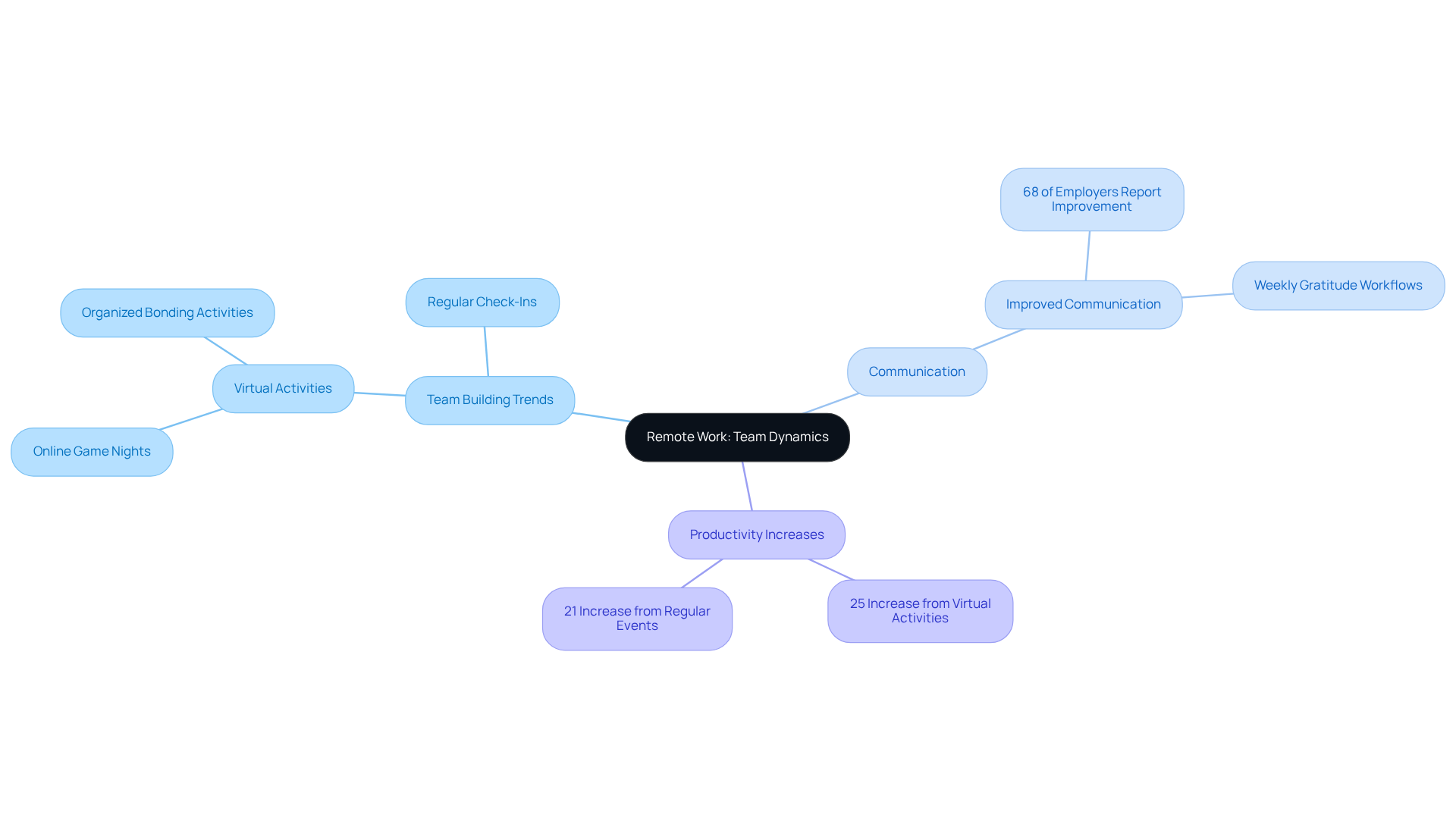
Diversity and Inclusion: Essential Elements for Effective Team Building
Variety and inclusion are not just beneficial; they are essential for successful group development, significantly . Organizations that prioritize diverse groups unlock a broader spectrum of ideas and solutions, fostering enhanced creativity and innovation. Research from Cloverpop reveals that varied groups outperform single decision-makers 87% of the time, showcasing their superior problem-solving capabilities.
By implementing inclusive practices—such as diverse hiring panels and comprehensive training programs—organizations cultivate a culture where all members feel valued and empowered to contribute. This approach not only leads to improved revenue results but also boosts overall group productivity, with diverse groups making decisions twice as quickly and requiring fewer meetings.
Moreover, companies with varied leadership teams are 25% more likely to achieve above-average profitability, according to McKinsey, underscoring the financial advantages of embracing diversity. By actively engaging in effective diverse hiring practices, organizations can create a dynamic workforce that reflects varied perspectives, ultimately enhancing sales performance and market reach.
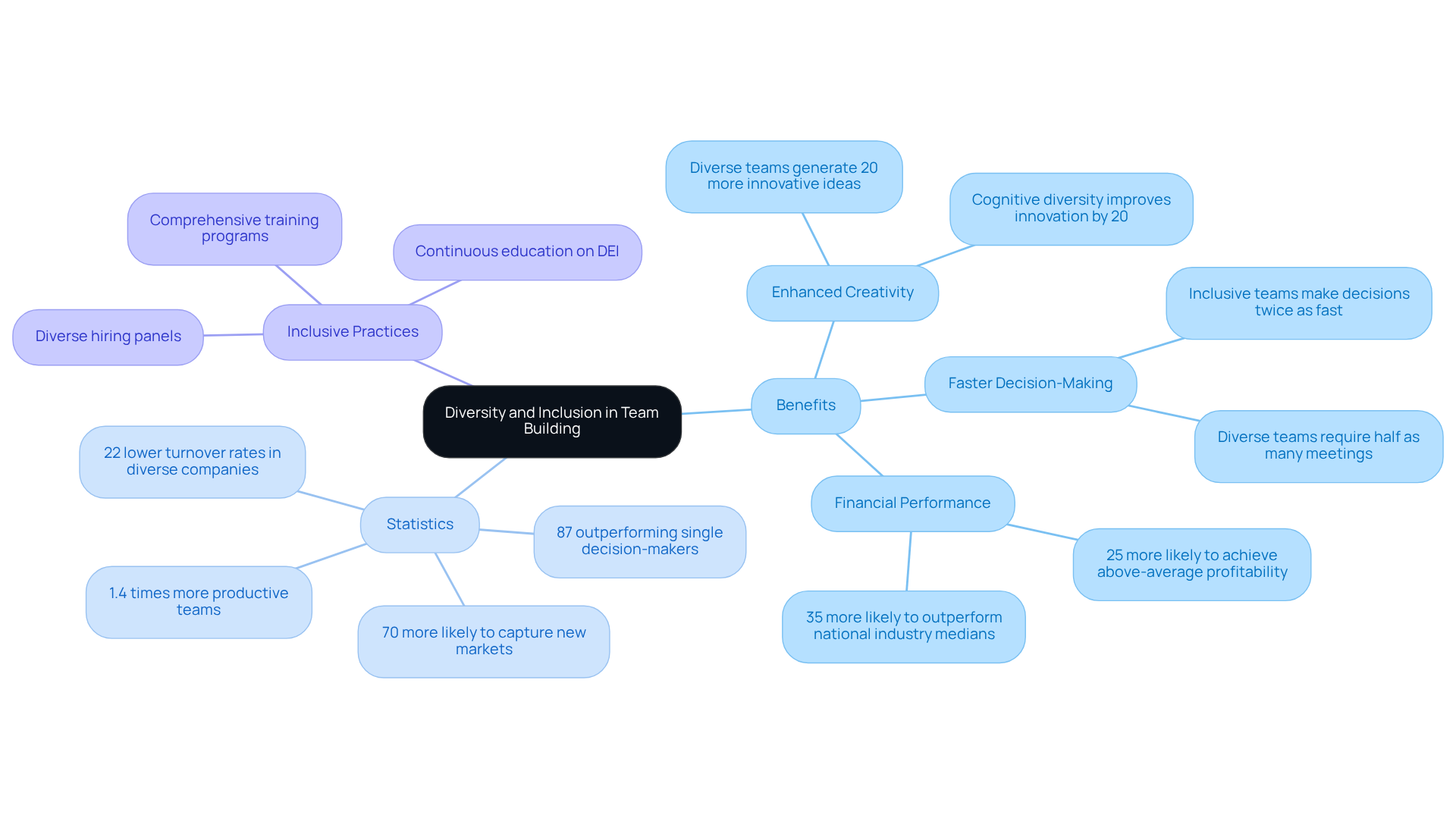
Technology Integration: Innovating Team Building Activities for Better Collaboration
The incorporation of technology into group activities is revolutionizing collaboration and engagement within teams. Innovative tools such as virtual reality and gamification lead the charge, empowering organizations to craft activities that dismantle barriers and cultivate a spirit of teamwork. For instance, 90% of employees report increased productivity due to gamified activities, underscoring the effectiveness of game-like elements in enhancing performance. Moreover, 70% of the global 2000 companies actively employ gamification in various capacities, illustrating its widespread acceptance and efficacy.
are also on the rise, with 50% of enterprises adopting VR for collaborative strategies. These immersive environments significantly boost participant engagement compared to traditional formats. Statistics reveal that groups participating in organized development activities can achieve productivity improvements of up to 14% and a 23% increase in profitability, highlighting the financial benefits of investing in these initiatives.
Tech leaders stress the critical importance of these innovative tools, asserting that they not only enhance collaboration but also equip teams for future challenges. As organizations increasingly prioritize employee well-being and engagement, the adoption of these advanced technologies in team building trends and series A prediction is becoming vital for driving success in 2025 and beyond. In fact, U.S. companies invested over $4.7 billion in team-building programs in 2024, reflecting the growing recognition of their strategic importance.
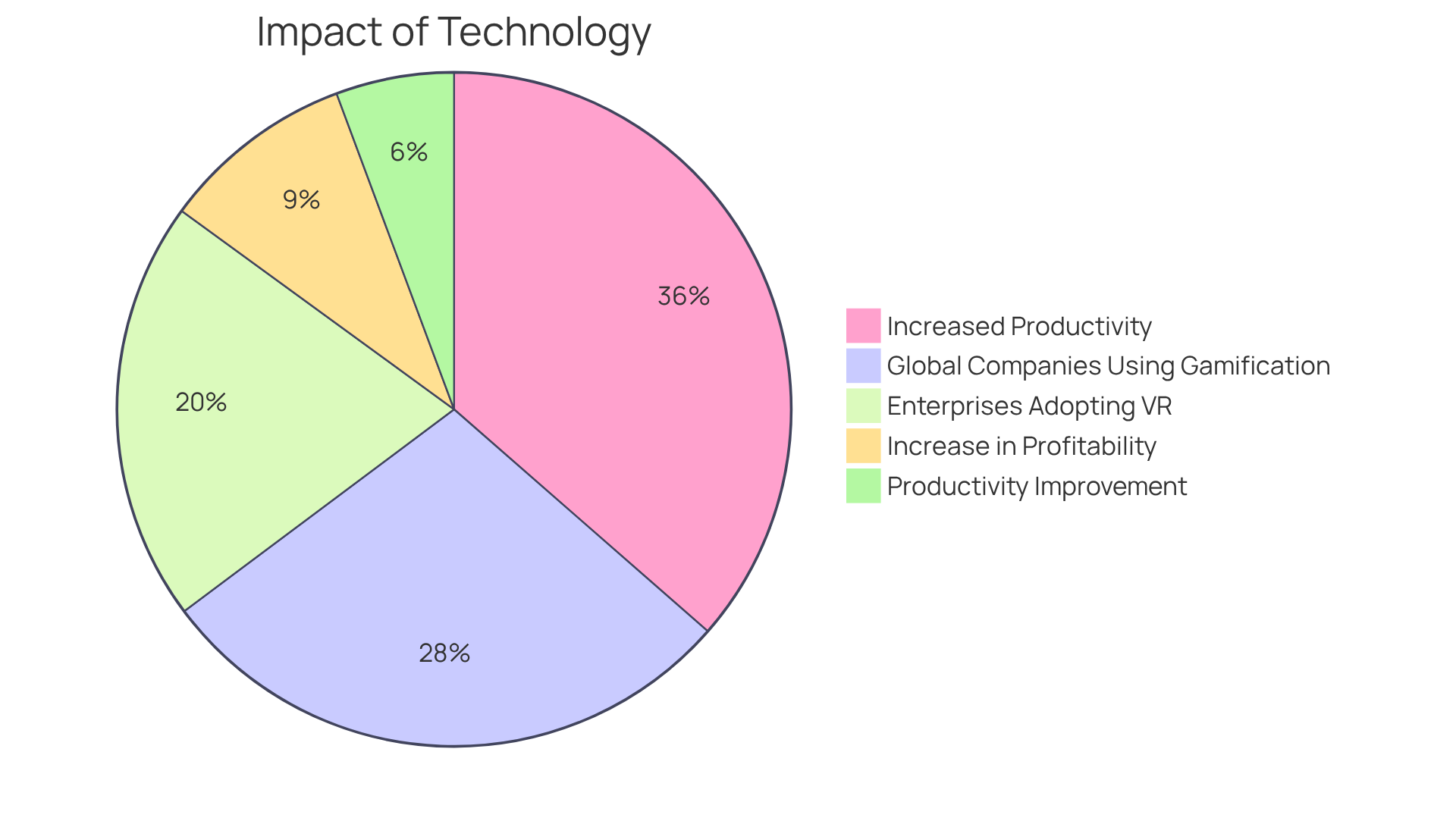
Employee Well-Being: Shaping Supportive Team Building Practices
In the context of team building trends and Series A prediction, prioritizing employee well-being must be a key focus. Organizations that focus on team building trends and Series A prediction related to mental health and work-life balance foster a supportive environment where employees feel valued and engaged.
The implementation of wellness programs, flexible work arrangements, and regular feedback sessions not only enhances employee satisfaction but also boosts productivity. This, in turn, leads to .
By committing to these practices, companies can create a thriving workplace that benefits both staff and the bottom line.
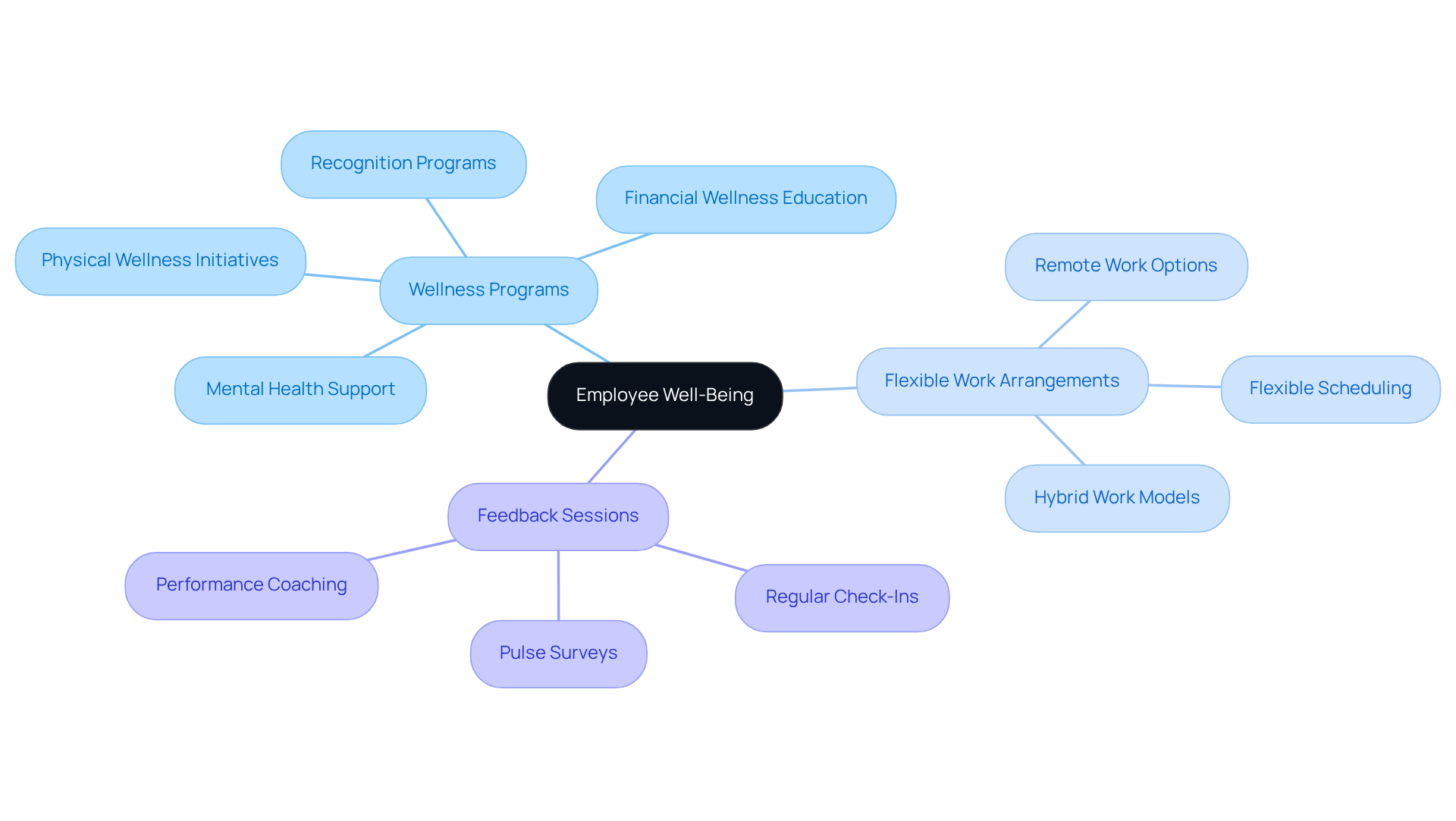
Gamification: Boosting Engagement in Team Building Activities
Gamification serves as a transformative strategy for enhancing participation in group activities. By incorporating game elements such as points, badges, and challenges, organizations create a dynamic and competitive atmosphere that drives engagement. This approach not only elevates the enjoyment of team-building exercises but also reflects the and series A prediction by strengthening cooperation and camaraderie among participants.
As a result, companies experience significant improvements in revenue performance; research indicates that groups utilizing gamification report a 42% increase in productivity post-event. Moreover, 85% of employees express greater engagement when gamification is integrated into their work processes, highlighting its effectiveness in cultivating a motivated workforce.
Effective gamified group-building activities, including virtual escape rooms and GitLab's virtual cooking classes—which led to an 18% boost in cross-group collaboration scores—illustrate team building trends and series A prediction that have the potential to enhance engagement levels, fostering a more cohesive and high-performing sales team.
The gamification market is anticipated to reach $30.7 billion by 2025, underscoring its increasing significance across various sectors. Experts assert, "Gamification motivates workers to reach targets in an environment that encourages healthy competition and provides instant feedback.
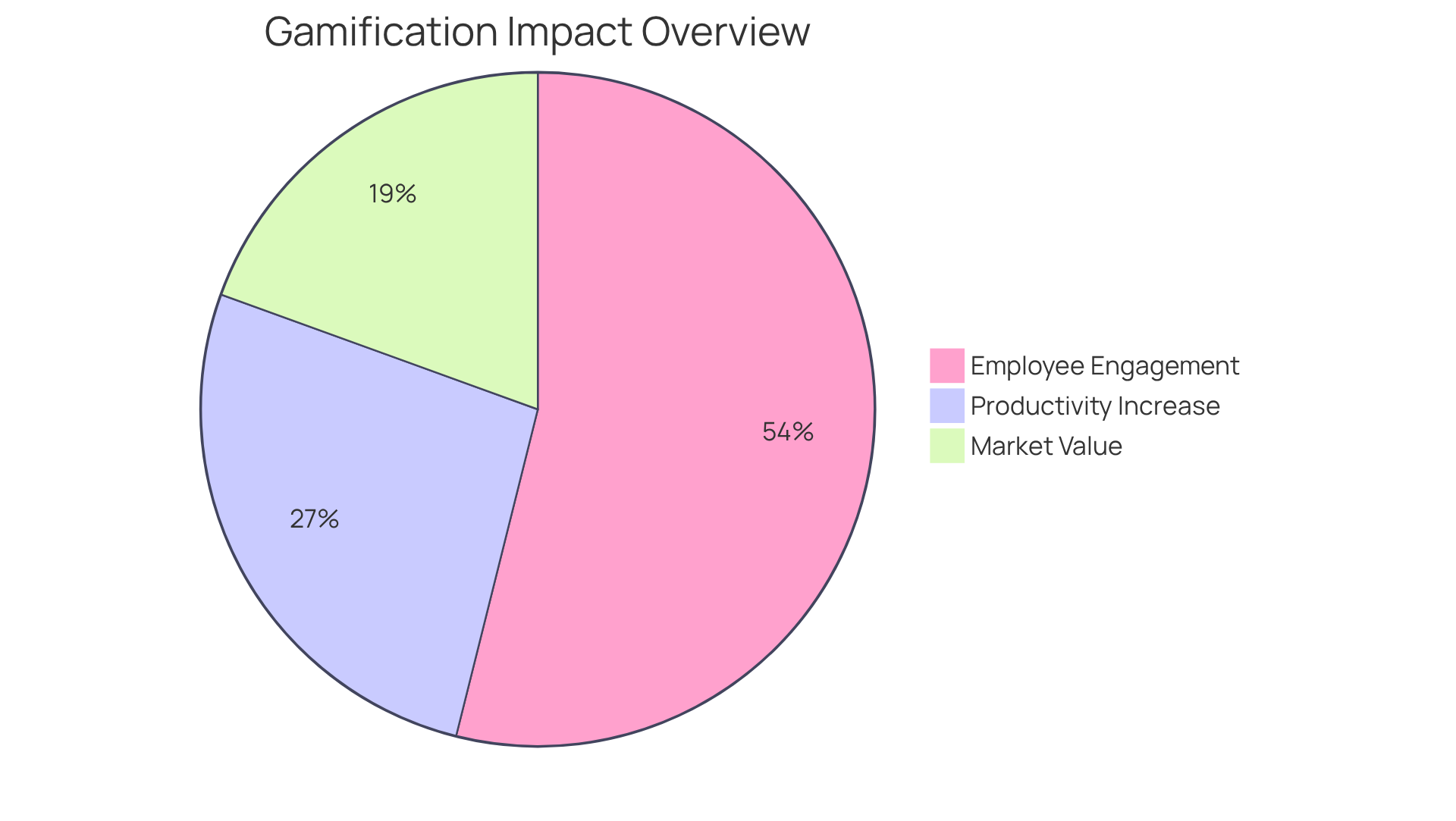
Continuous Learning: Fostering Growth Through Team Building Initiatives
Ongoing education is crucial for [fostering development within groups](https://insights.exa.ai/10-early-startup-discovery-methods-to-boost-sales-performance). Organizations must actively encourage their members to seek professional development opportunities, such as:
- Workshops
- Training sessions
- Mentorship programs
By investing in the growth of their staff, companies can significantly enhance group capabilities and adaptability. This investment not only leads to improved sales results but also . Embracing ongoing education is not just beneficial; it is essential for thriving in today's competitive landscape.
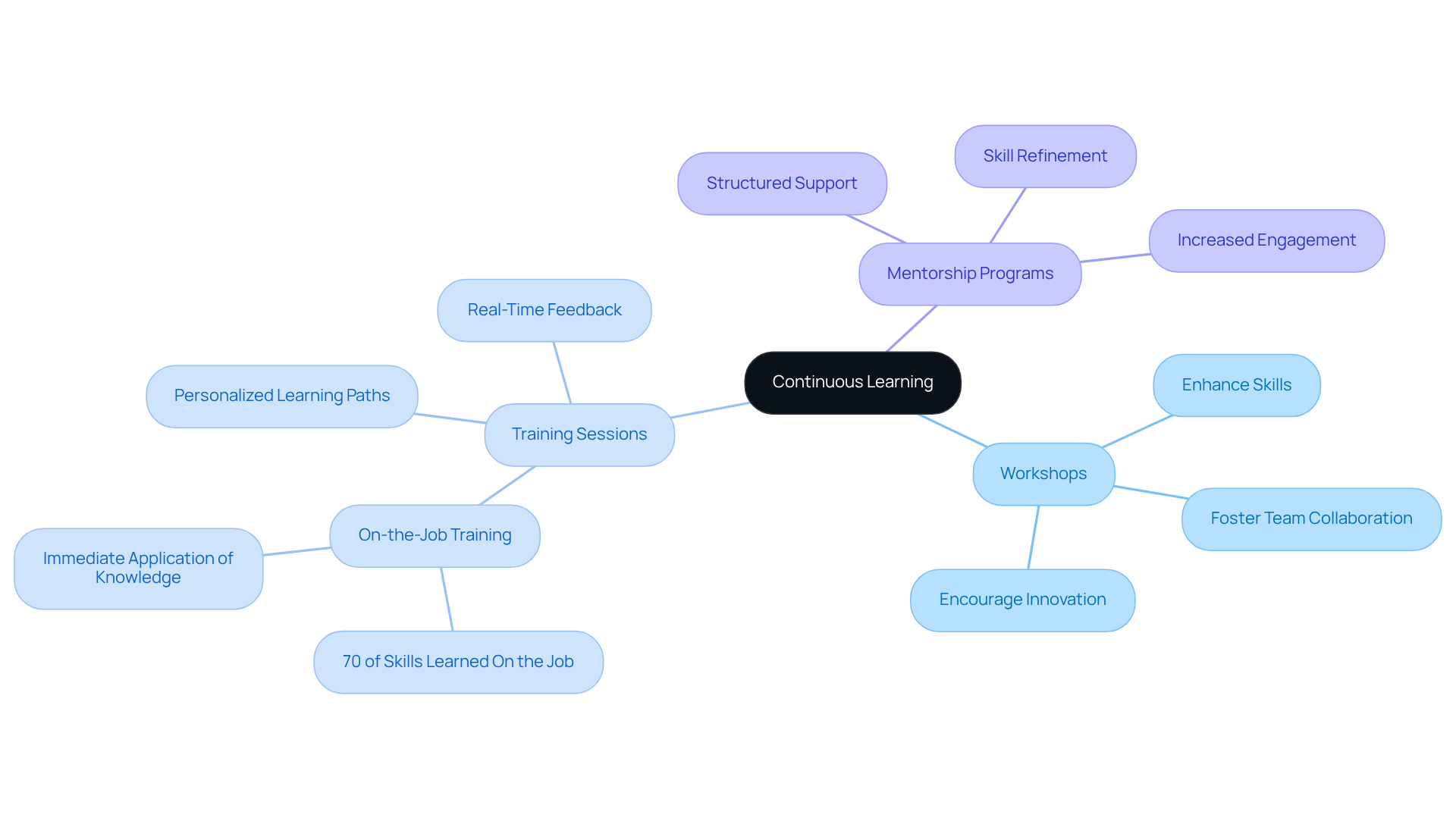
Feedback and Recognition: Strengthening Team Cohesion and Performance
Feedback and recognition are vital for enhancing team cohesion and performance within organizations. Regular feedback loops not only foster open communication but also empower staff to share their thoughts and experiences, cultivating a culture of appreciation. Research reveals that 77% of staff would exert greater effort if they felt more acknowledged (TINYpulse), underscoring the direct link between recognition and motivation. Furthermore, organizations with effective recognition programs experience a 31% lower voluntary turnover rate (Aberdeen Group), highlighting the significant impact of acknowledgment on employee retention.
To bolster team dynamics, organizations must implement that celebrate both individual and team achievements. This strategy not only boosts morale but also aligns staff goals with organizational objectives. For instance, a simple recognition program that honors work anniversaries can extend staff tenure by an average of two years, substantially reducing turnover costs.
Leadership coaches emphasize the role of recognition in enhancing sales performance. As HR consultant Danielle M. Jones, Esq. asserts, grasping employee needs and cultural norms is essential for effective recognition strategies. By nurturing an environment where feedback is both regular and meaningful, teams can elevate their performance and collaboration. Employees who receive consistent acknowledgment are six times more likely to commit to their tasks, leading to improved revenue outcomes and a more engaged workforce. In fact, 89% of HR leaders concur that ongoing peer feedback is critical for successful recognition initiatives, reinforcing the necessity for a structured approach to employee acknowledgment.
In summary, organizations prioritizing feedback and recognition not only strengthen group cohesion but also drive higher sales performance, fostering a more productive and motivated workforce.
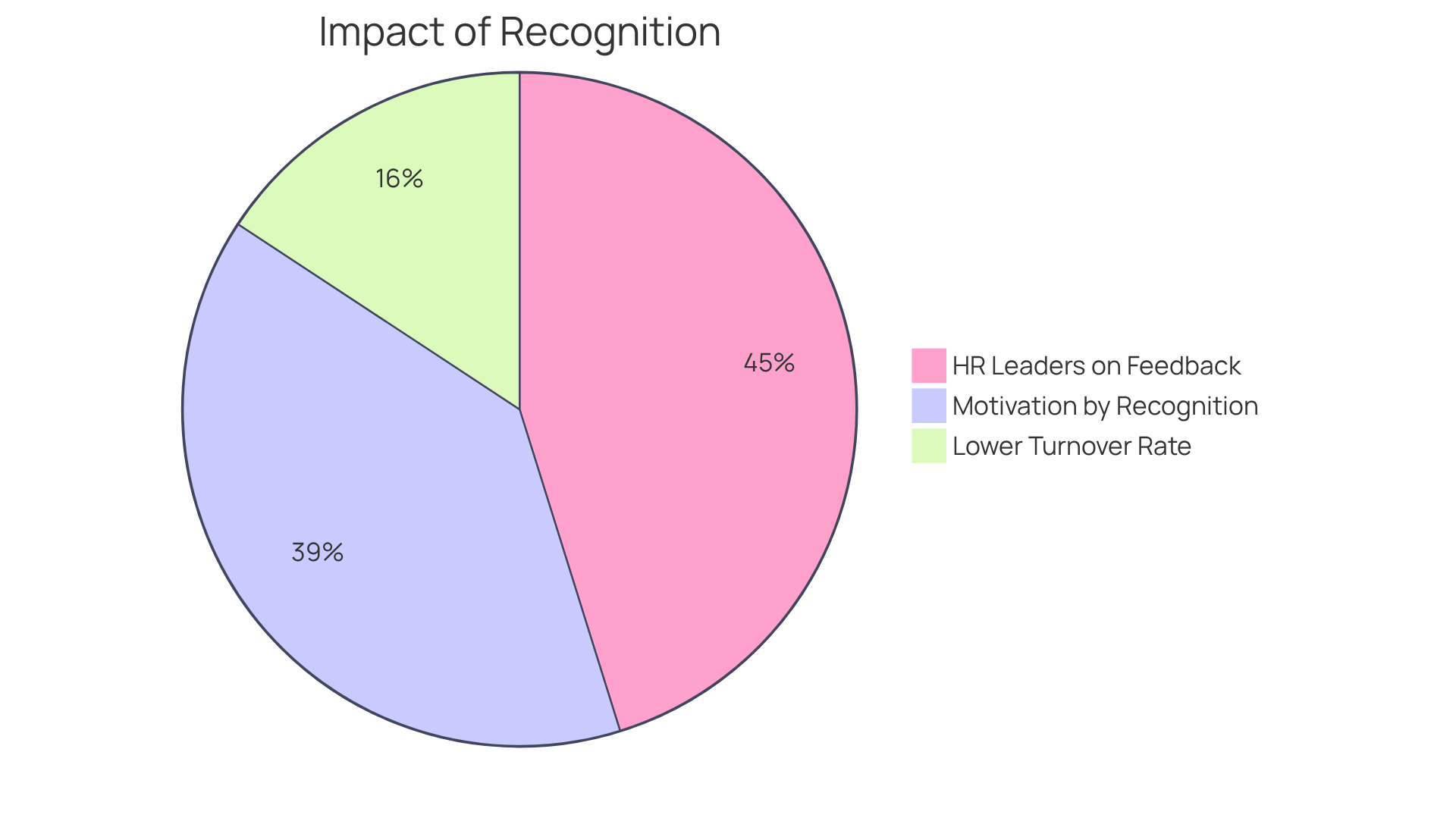
Sustainability: Integrating Responsible Practices into Team Building
Sustainability must be a fundamental aspect of group building activities. Organizations can actively engage staff in eco-friendly initiatives, such as community service projects or sustainability challenges. By promoting responsible practices, companies not only enhance their corporate image but also foster a sense of purpose and involvement among staff members. This can significantly influence sales performance, driving both individual and organizational success. Therefore, it is imperative for businesses to integrate sustainability into their core values and practices.
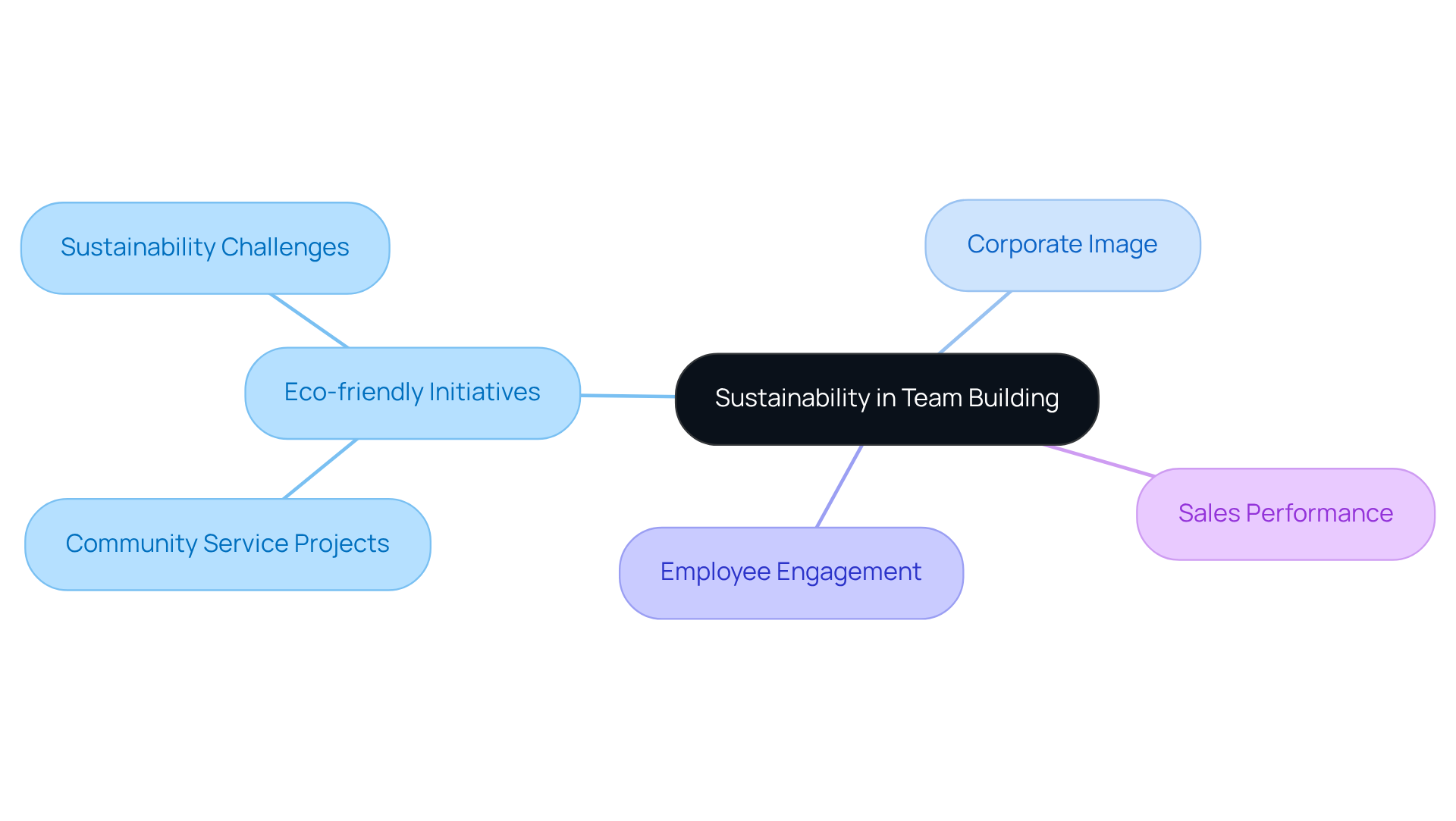
Hybrid Models: The Future of Team Building in a Blended Environment
As hybrid work models gain traction, organizations must adapt their approaches, taking into account team building trends and series A prediction to foster inclusivity and engagement among both in-office and remote employees. Implementing activities that connect these groups is essential for cultivating a unified group culture. Virtual coffee breaks and themed group challenges, for instance, create opportunities for casual interaction, enhancing relationships and cooperation.
Statistics reveal that hybrid workers are 2.8 times more likely to be highly engaged when part of a team, underscoring the importance of intentional engagement efforts. Moreover, 66% of employers believe hybrid work boosts productivity, while 90% of employees report being just as productive, if not more so, in hybrid settings. This emphasizes how effective group development strategies, including team building trends and series A prediction, can contribute to productivity gains.
To , organizations should consider activities that resonate with diverse group members. Integrating collaborative platforms like Slack or Microsoft Teams facilitates seamless communication and participation in team-building exercises. Celebrating milestones through virtual events or personalized recognition can also strengthen bonds and maintain morale across the hybrid workforce.
Leaders emphasize the need for a deliberate approach to inclusivity in hybrid environments. As one remarked, "Establishing a digital space that reflects the accessibility and spontaneity of face-to-face interaction is essential for group cohesion." Additionally, 93% of employers and 90% of employees believe collaboration tools are essential for successful hybrid work, reinforcing the need for organizations to invest in these technologies. By prioritizing engagement and inclusivity, organizations can harness the full potential of their hybrid teams, aligning with team building trends and series A prediction to drive collaboration and ultimately enhance sales success.
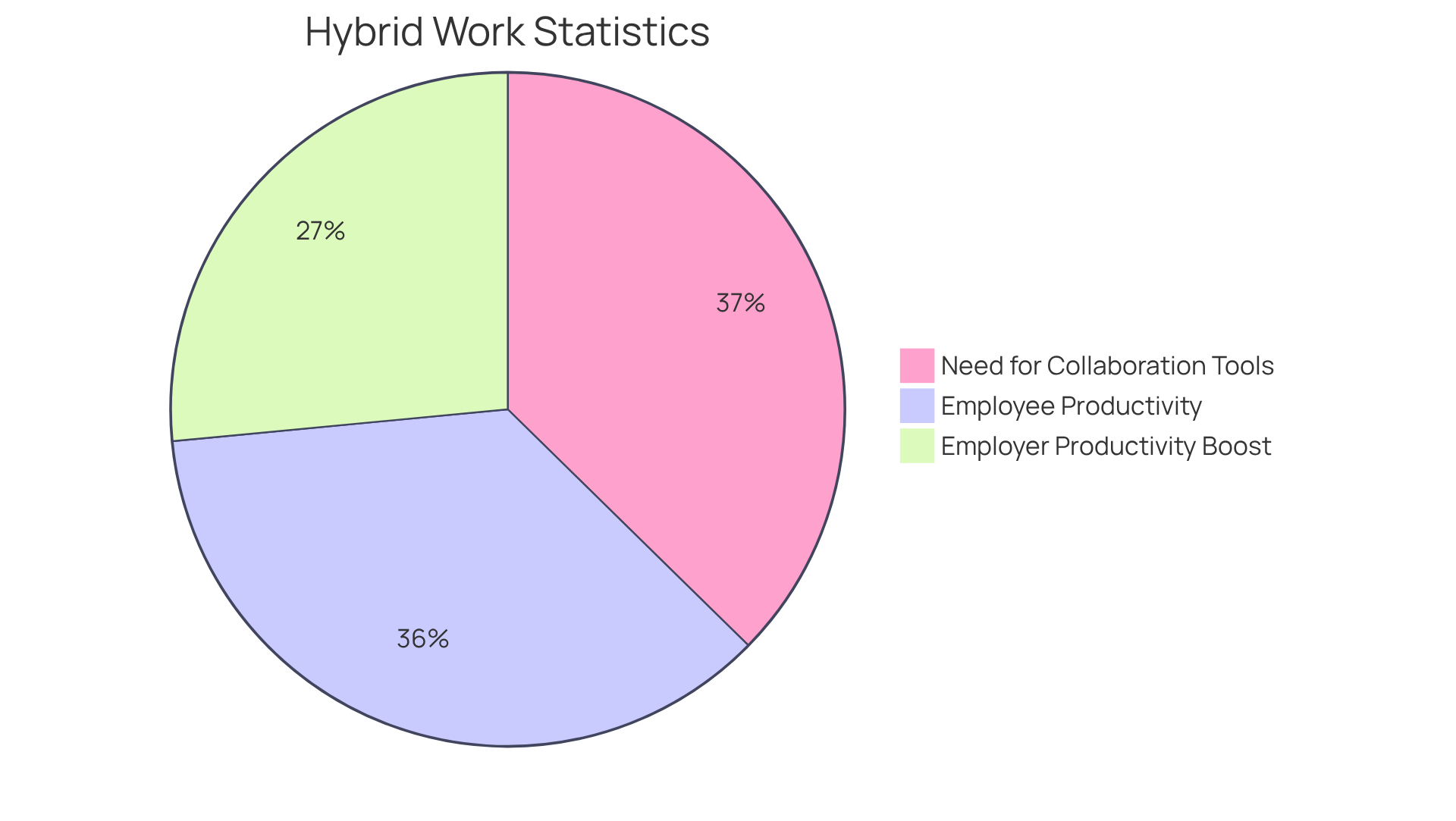
Conclusion
The evolving landscape of team building is poised to play a pivotal role in driving sales success in 2025. By embracing innovative strategies—such as AI-powered recruitment, fostering remote connections, and prioritizing diversity and inclusion—organizations can create dynamic teams that resonate with their goals and culture. The integration of technology, employee well-being initiatives, and gamification further enhances collaboration and engagement, ensuring teams are not only productive but also cohesive.
Key trends highlighted throughout this article underscore the importance of:
- Continuous learning
- Effective feedback and recognition practices
- Sustainable team building initiatives
Each of these elements contributes to a robust framework that supports team dynamics, ultimately leading to improved sales performance. As companies navigate the complexities of hybrid work environments, fostering inclusivity and leveraging collaboration tools will be essential for maintaining high levels of engagement and productivity.
In conclusion, the significance of adapting to these team building trends cannot be overstated. Organizations that proactively implement these strategies will not only enhance their internal dynamics but also position themselves for greater success in the competitive marketplace. By prioritizing these trends, companies can cultivate high-performing teams equipped to meet the challenges of the future, driving both individual and organizational success in 2025 and beyond.
Frequently Asked Questions
What is Websets and how does it enhance recruitment?
Websets is an AI-powered solution that optimizes the recruitment process by enabling organizations to efficiently identify and connect with top talent through advanced algorithms. It enhances candidate discovery and qualification by providing comprehensive profiles and aligning searches with specific criteria.
How does Websets improve the quality of candidates?
Websets enriches search results with detailed profiles, including LinkedIn data and work histories, which significantly enhances the quality of candidates available for group development.
What are the benefits of AI-enhanced recruitment according to the article?
AI-enhanced recruitment can yield a 14% higher interview success rate for selected candidates and reduce hiring costs by 30% per hire.
How does remote work affect team dynamics?
The shift to remote work has transformed group dynamics, making it essential to implement virtual activities and regular check-ins to foster connections among team members.
What impact do virtual group activities have on productivity?
Organizations that prioritize communication and engagement among remote teams can witness a 25% increase in productivity, particularly when implementing virtual group activities.
What are some effective virtual collaboration initiatives mentioned in the article?
Effective virtual collaboration initiatives include online game nights, organized bonding activities, and regular one-on-one check-ins, all of which enhance group cohesion and creativity.
How does diversity and inclusion contribute to effective team building?
Diversity and inclusion are essential for successful group development, leading to better problem-solving capabilities, enhanced creativity, and improved revenue results.
What are the financial advantages of prioritizing diversity in organizations?
Companies with diverse leadership teams are 25% more likely to achieve above-average profitability, highlighting the financial benefits of embracing diversity.
How can organizations implement inclusive practices?
Organizations can implement inclusive practices by using diverse hiring panels and offering comprehensive training programs to create a culture where all members feel valued and empowered.




